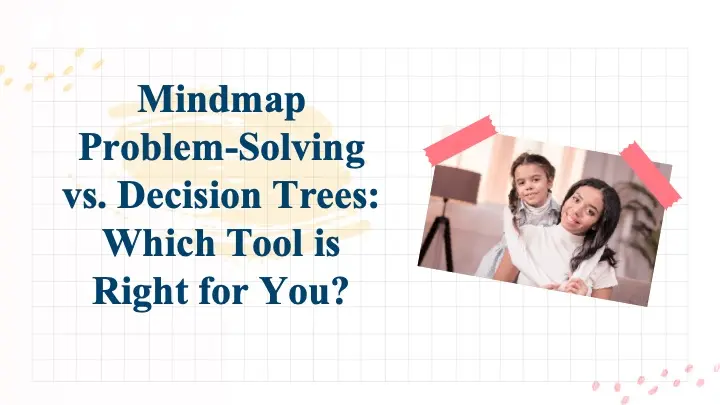
Mindmaps vs. Decision Trees: Which Tool is Right for You?
Discover the strengths of mindmaps and decision trees in problem-solving. Learn how each tool can aid your decision-making process and which is right for you.
Education Consultant
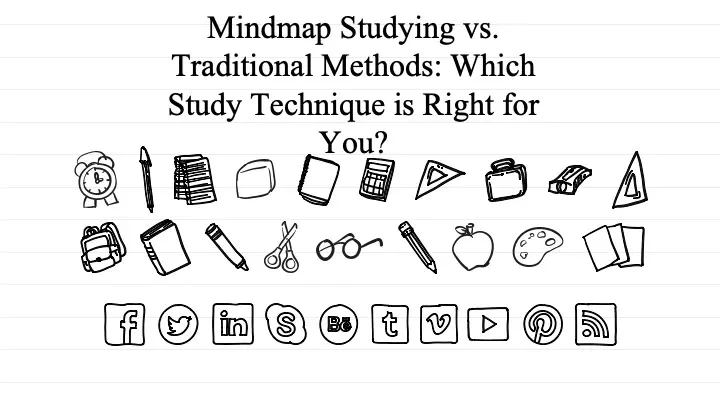
Mastering new information effectively hinges on choosing the study techniques that best align with your learning style. Two popular methods students often consider are mindmap studying and traditional techniques like note-taking and linear review. Each has its unique strengths, but which one aligns better with your goals? Let’s delve into the advantages and drawbacks of each approach to help you make an informed choice.

image from:mindmap
Traditional methods of studying typically involve techniques like linear note-taking, highlighting, summarizing, and rote memorization. These methods have been used for generations and are often seen as the standard approach to learning.
Image from:semanticscholar
Mindmap studying is a visual technique that involves creating a diagram to represent ideas, concepts, or information around a central theme. This method encourages active engagement with the material, helping students to see the relationships between different pieces of information.
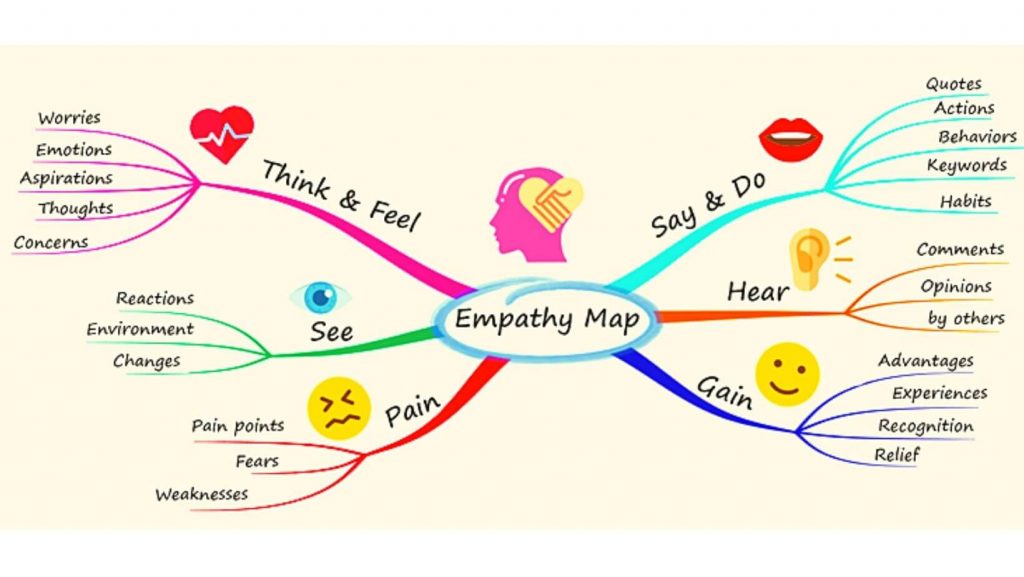
Image from:moinul
Here’s a comparison table to visually summarize the differences between Mindmap Studying and Traditional Methods:
| Aspect | Mindmap Studying | Traditional Methods |
|---|---|---|
| Learning Style | Visual, non-linear | Structured, linear |
| Memory Retention | Enhanced through active involvement and connections | Varies, often relies on rote memorization |
| Time Investment | Time-consuming, especially for detailed mindmaps | Generally quicker, familiar techniques |
| Complexity Handling | Ideal for complex subjects with interconnected ideas | Better for straightforward, linear subjects |
| Flexibility | High, adaptable to various subjects | Versatile, applicable to nearly any subject |
| Active vs. Passive Learning | Promotes active engagement with material | Can lead to passive learning (e.g., rote memorization) |
| Suitability | Best for visual learners, creative and interconnected subjects | Suitable for all learners, especially those needing structure |
This table provides a quick overview to help you decide which study technique might be better suited for your learning style and the material you’re studying.

Image from:Market Researchers
Choosing between mindmap studying and traditional methods depends on various factors such as your learning style, the complexity of the material, and your study goals. Here’s a closer look at these considerations to help you make an informed choice:
Both mindmap studying and traditional methods offer valuable tools for mastering different types of content. The key is to understand your own learning preferences and the nature of the material you’re studying. You might even find that a combination of both techniques is the most effective way to enhance your study habits.
Experiment with these study techniques to discover which one works best for you, and don’t be afraid to adapt your approach as your learning needs evolve.

Discover the strengths of mindmaps and decision trees in problem-solving. Learn how each tool can aid your decision-making process and which is right for you.
Education Consultant
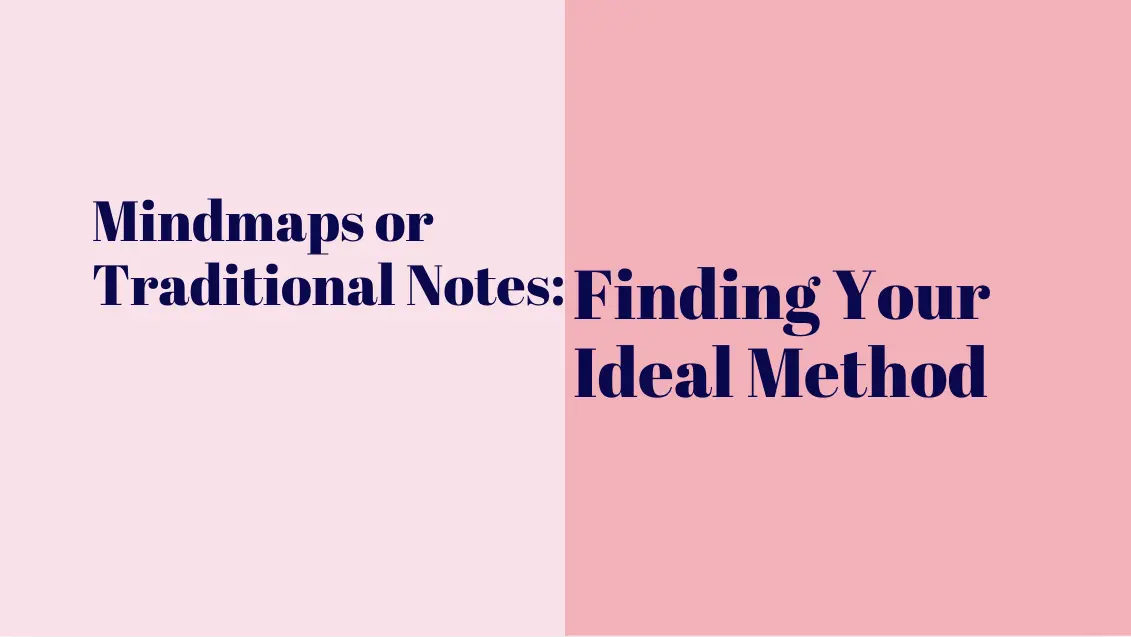
Compare mindmaps and traditional notes to find your ideal method. Explore their benefits, applications, and decide which suits your learning style.
Education Consultant
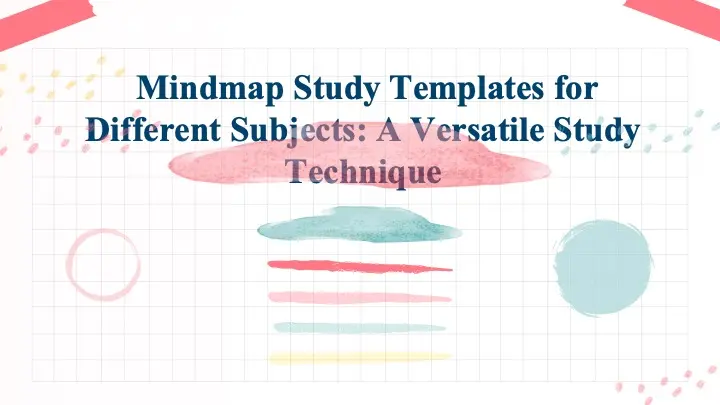
Unlock the power of mindmap study templates for different subjects. Discover how this versatile study technique can boost your learning across various disciplines.
Education Consultant